- Joined
- Jul 27, 2004
- Messages
- 2,072
Pink Tower|1292413170|2797454 said:Gene,PrecisionGem|1291644084|2788757 said:babydoll_mini|1291604338|2788452 said:I actually have a question about how a tourmaline "should" be heated...
Experts, please help me~thank you!
I have a unheated copper bearing tourmaline that has some grey in it, so I'd like to heat it myself at home...
Is it possible and how? And is it safe to do so?
I don't want to end up with a colorless stone or a cracked stone
I'll check my notes tonight, but I think I have heat the Mozambique material to 585 C which is 1085 F. Your normal oven can't go this high. I ramp up by changing the temperature 100 degrees per hour, hold the stone for 1 hour, then allow the oven to cool by it's self which is about 12 hours. The stone is packed in a crucible and investment powder. There is always the chance for the stone to crack. I have had some stones that were flawless crack, and I've had some with inclusions that didn't.
There seem to be two divided camps now two major issues. Do YOU believe there is a lot of tourmaline being treated right now?
I can't comment too much on cut stones, especially those being sold from the Thai sellers, since there is a lot of treatment going on in that part of the world. As far as rough goes that most cutters are buying on a smaller scale, then NO I don't think there is much treatment of tourmaline going on. Heating rough tourmaline is risky as quite a bit of the material will crack like crazy all over the place. I buy Nigerian rubellite from some small time dealers in Nigeria, as I suspect most of the other cutters known here are. These guys don't have the ability to nuke these stones, and it wouldn't make any sense that they would send them in small quantities to places that did, and then get them back. I would think any valuable stone, if you were going to heat it, would be done after cutting. I had a parcel of stones a few years back that belonged to a guy I know in Kenya. They were dark, brownish red, and he wanted me to try to heat them. I'd say 75% of them fractured in the heating, of those that didn't some became a nice pink, some almost colorless, and some very little change.
For those that would like to mess around with heating at home, I'd recommend zircons. Most zircon can be heated with just a candle flame. Hold the stone right above the flame with some tweezers, or put the stone in a test tube. The stones will change in just a few minutes and you can watch the color change. Heat them even longer and many will go colorless. Nigeria has pretty cheap "honey zircons" they are really brown and kind of ugly, but they can be heated to be colorless. They never seem to heat to any other decent color, so I don't really buy these, but I do have a few sitting around. As they heat up, they turn a nice orange, very bright. I used to have a few sitting on a coffee cup warming plate, and the heat from that would turn them orange, but after cooling they always go back to the ugly brown.

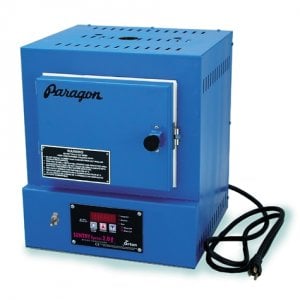
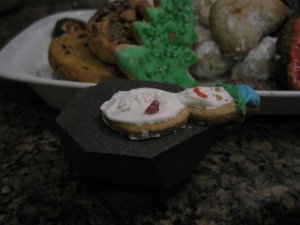

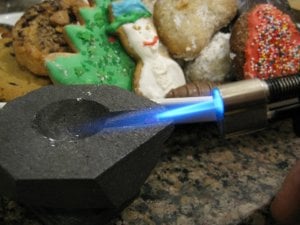



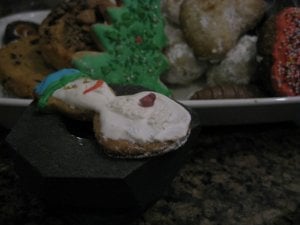

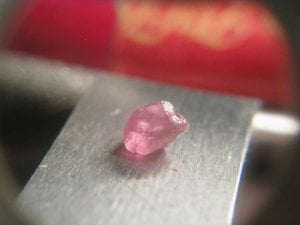

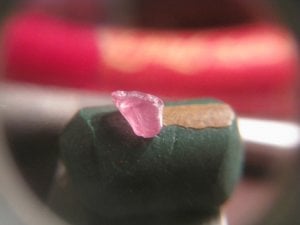



300x240.png)